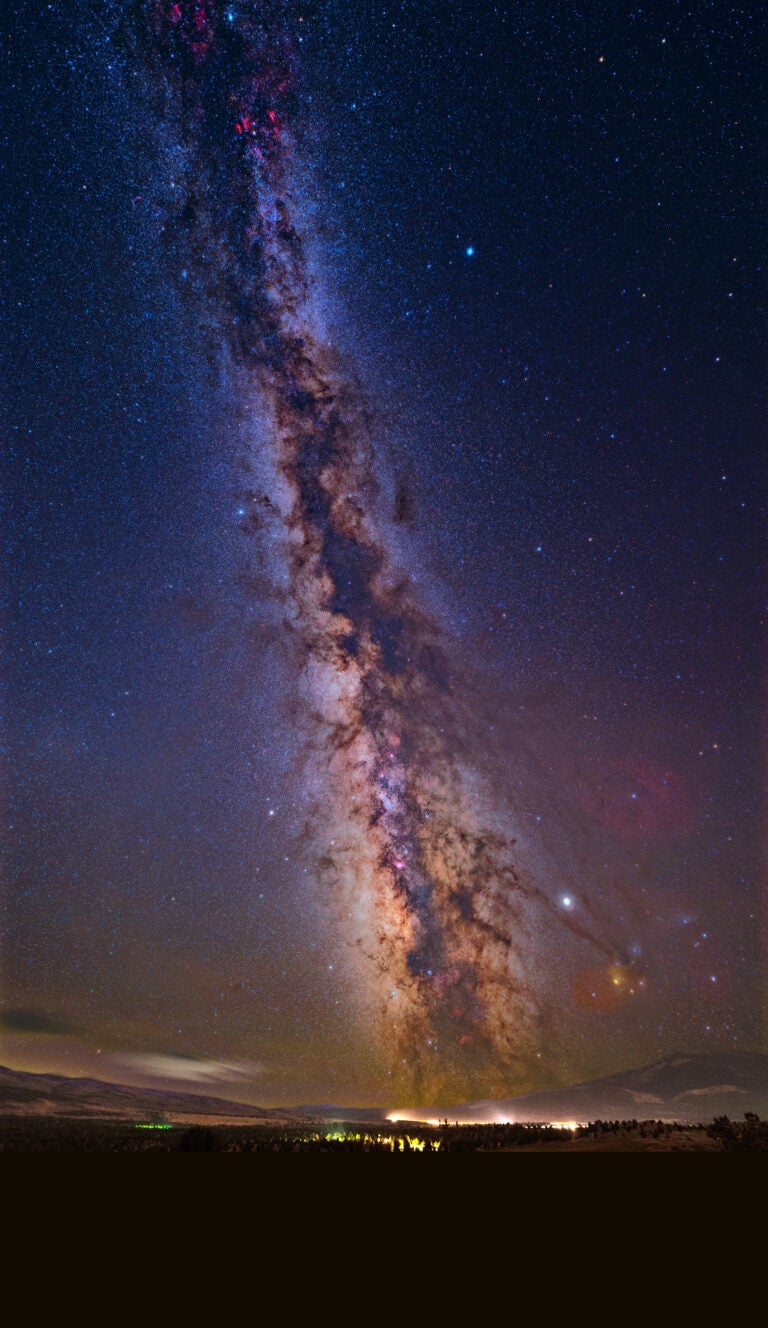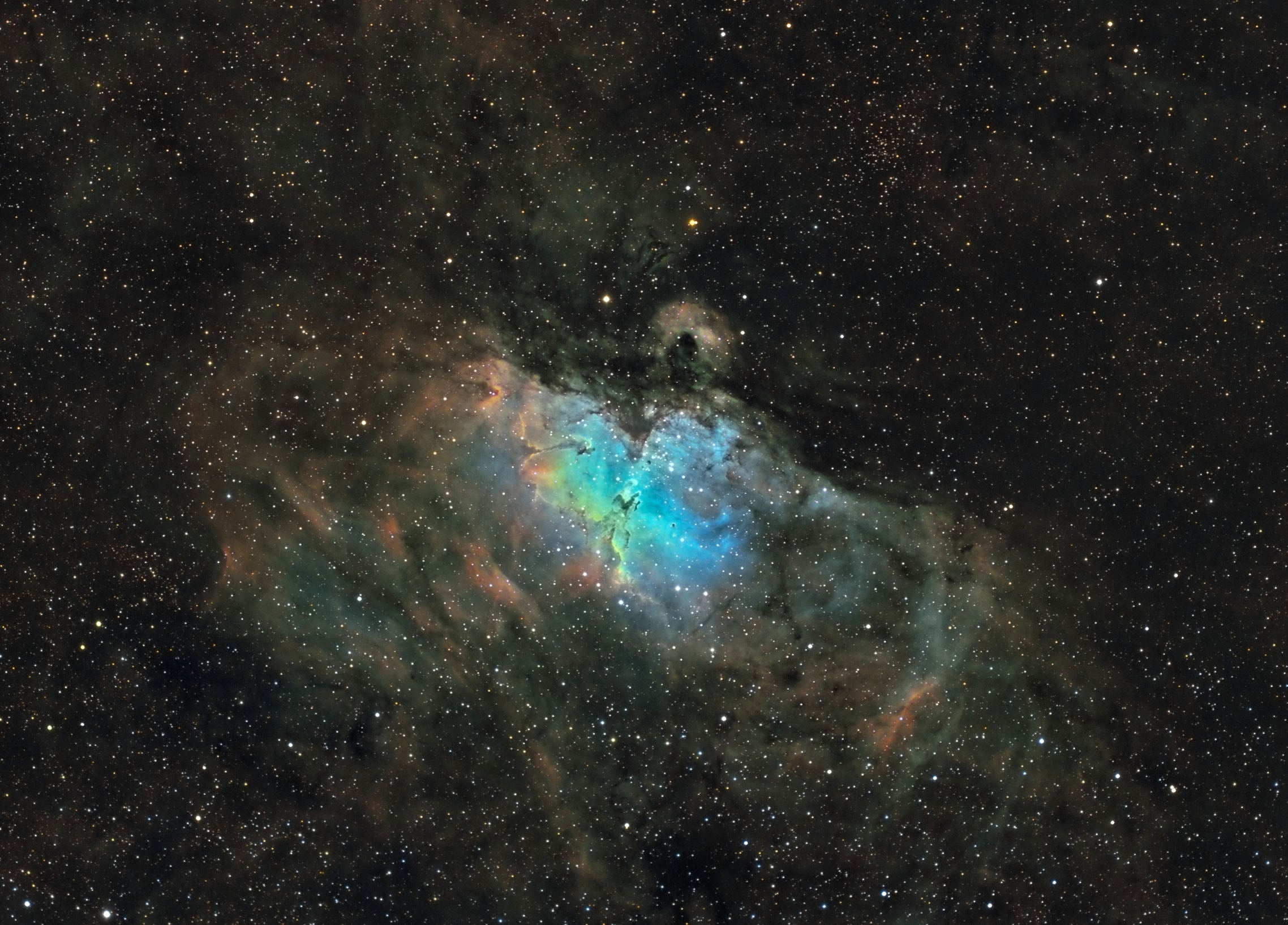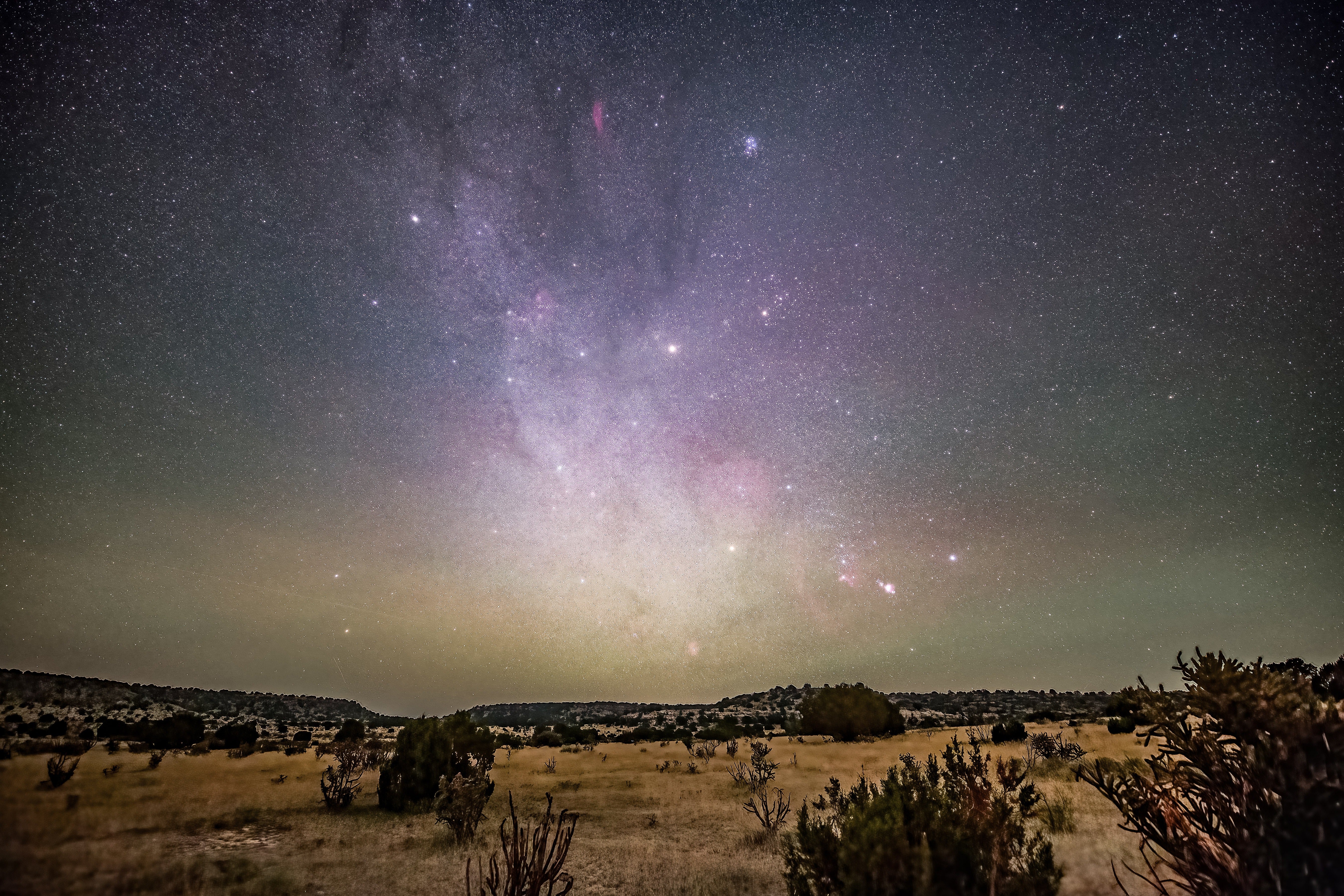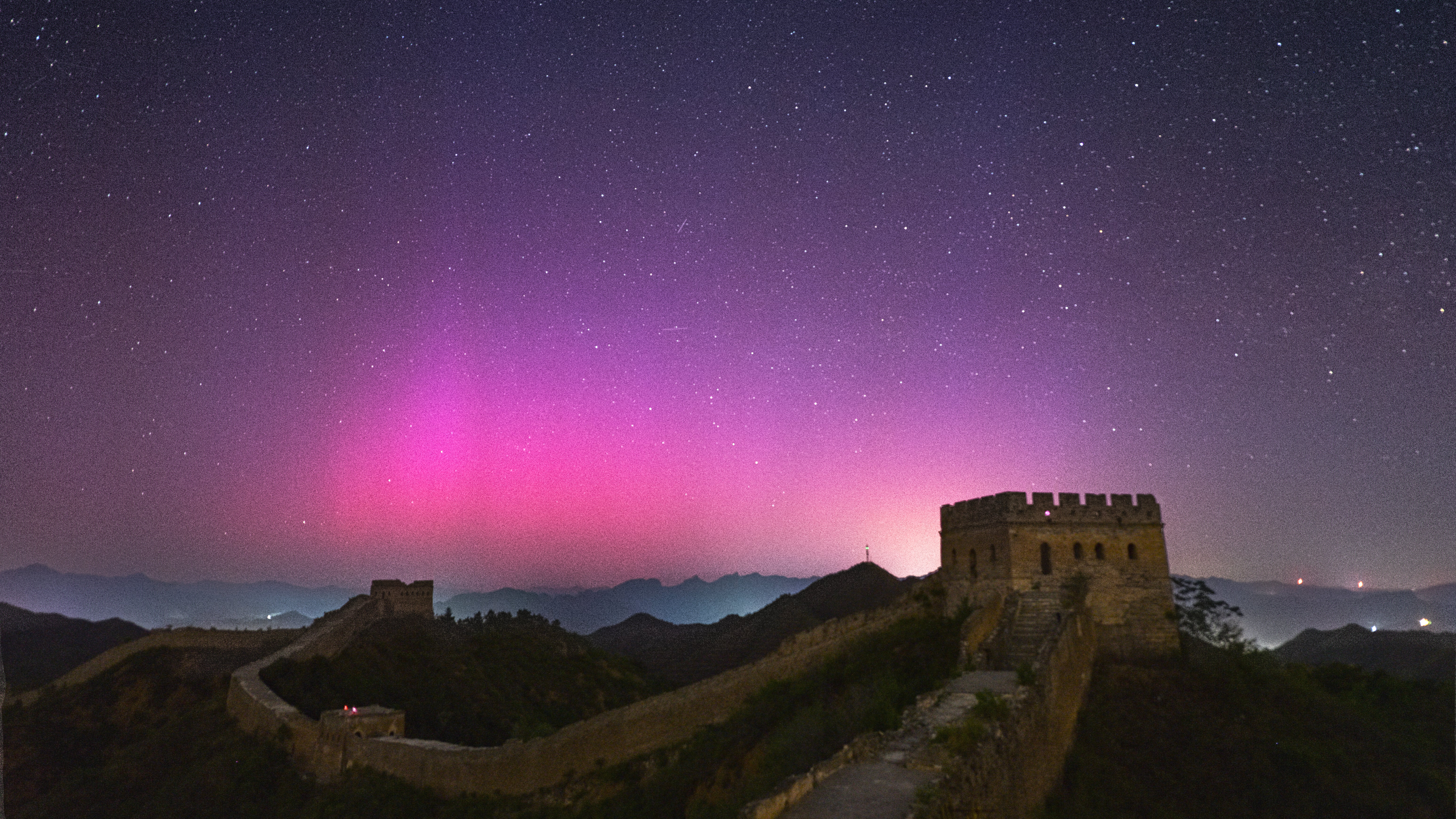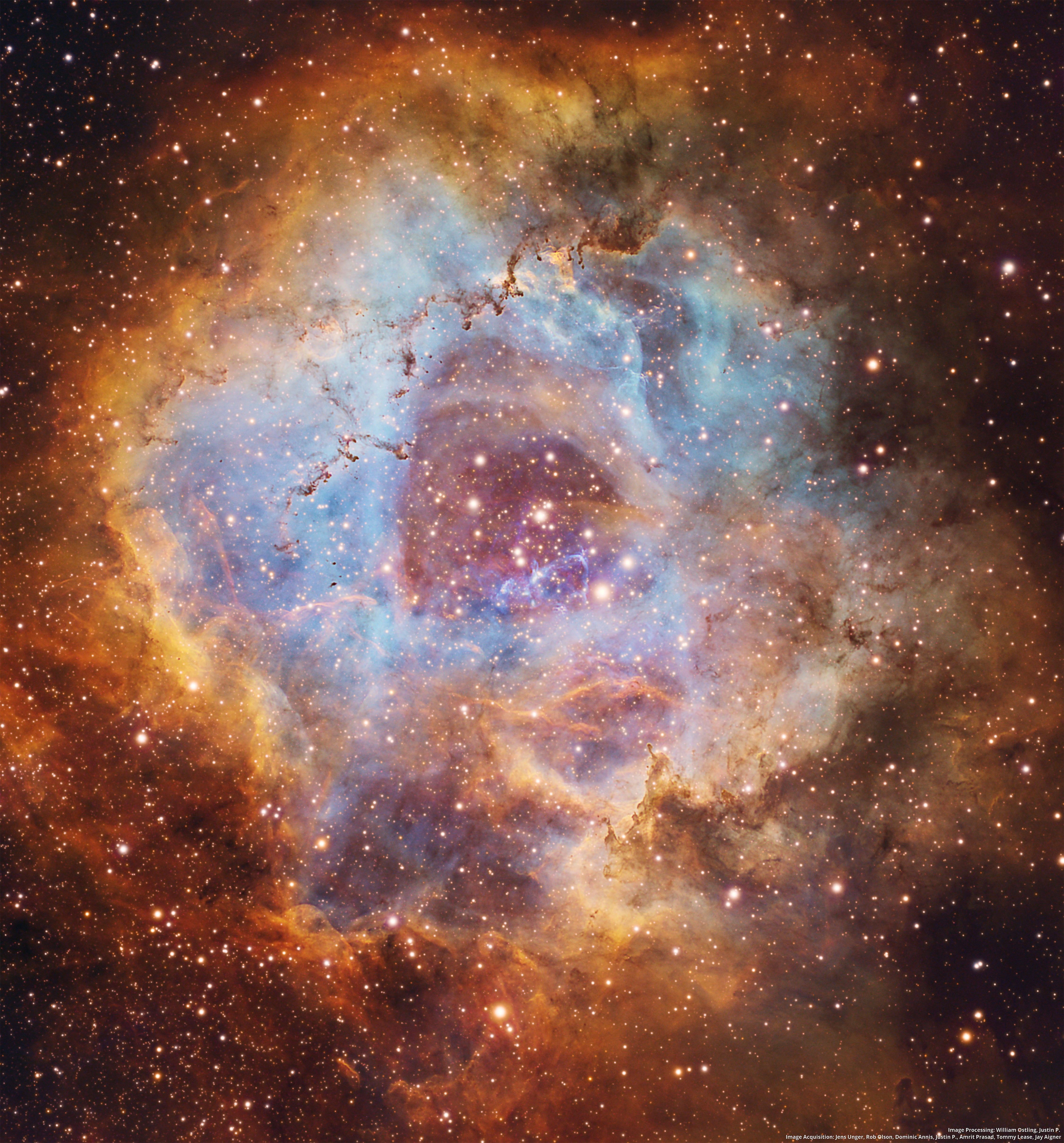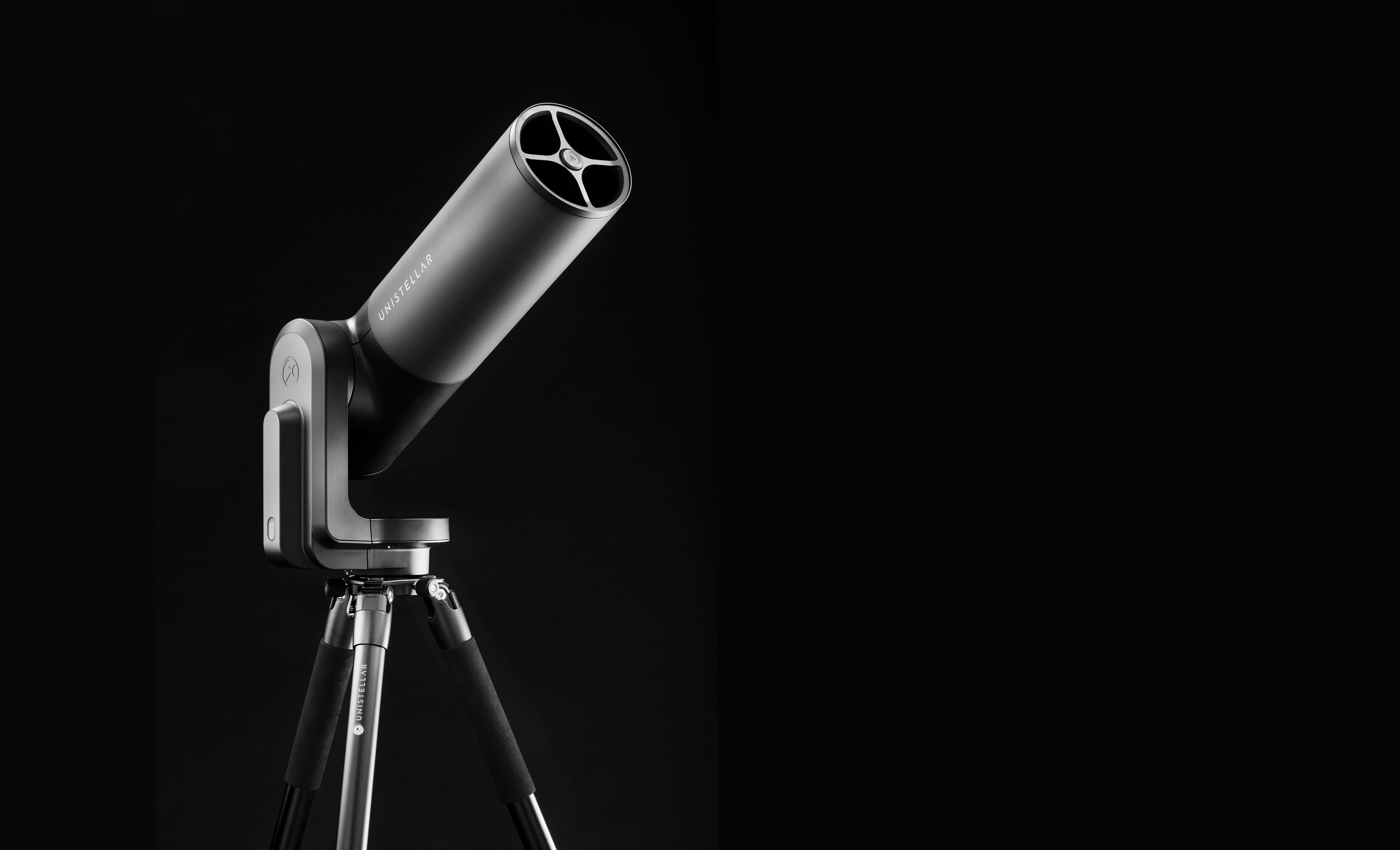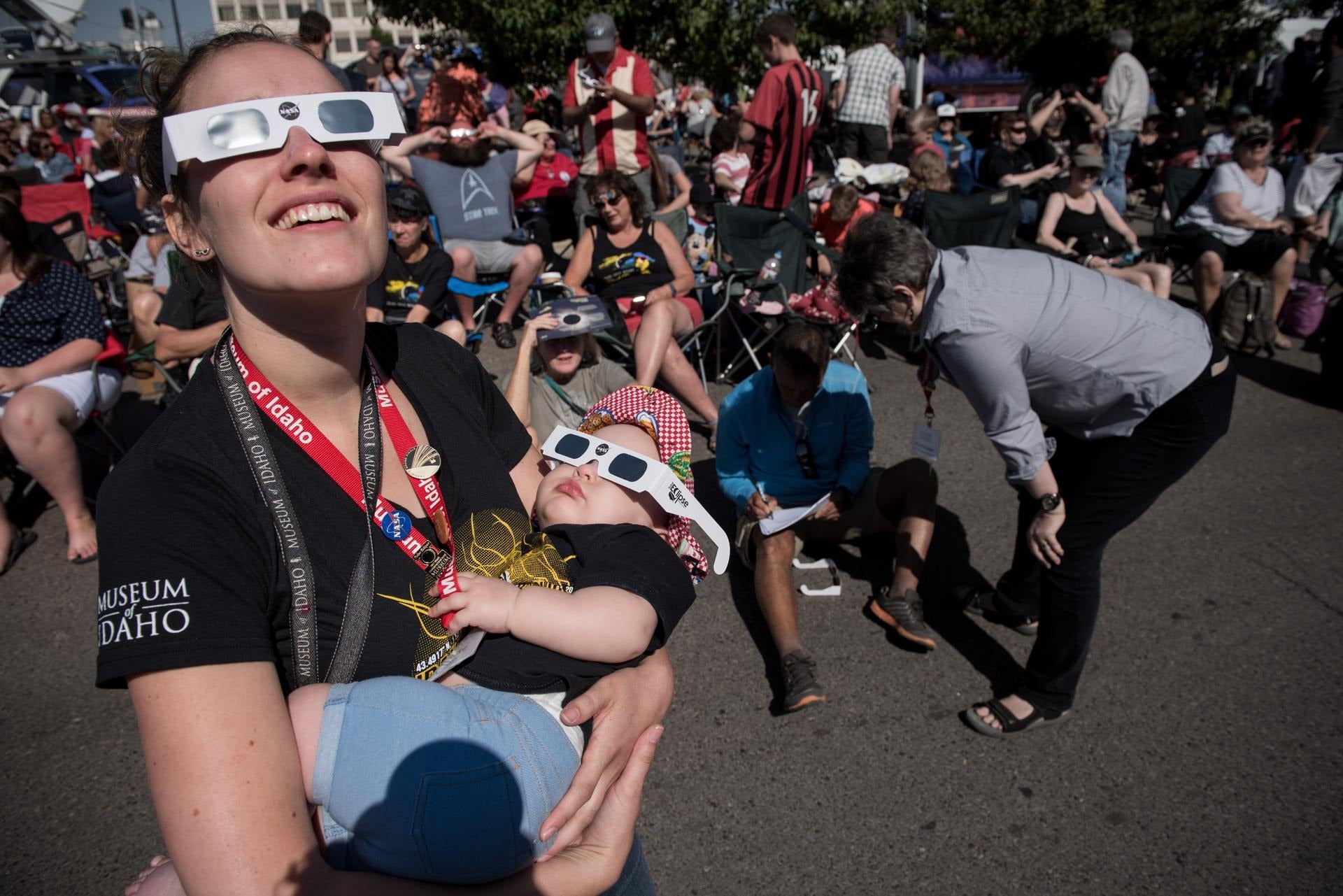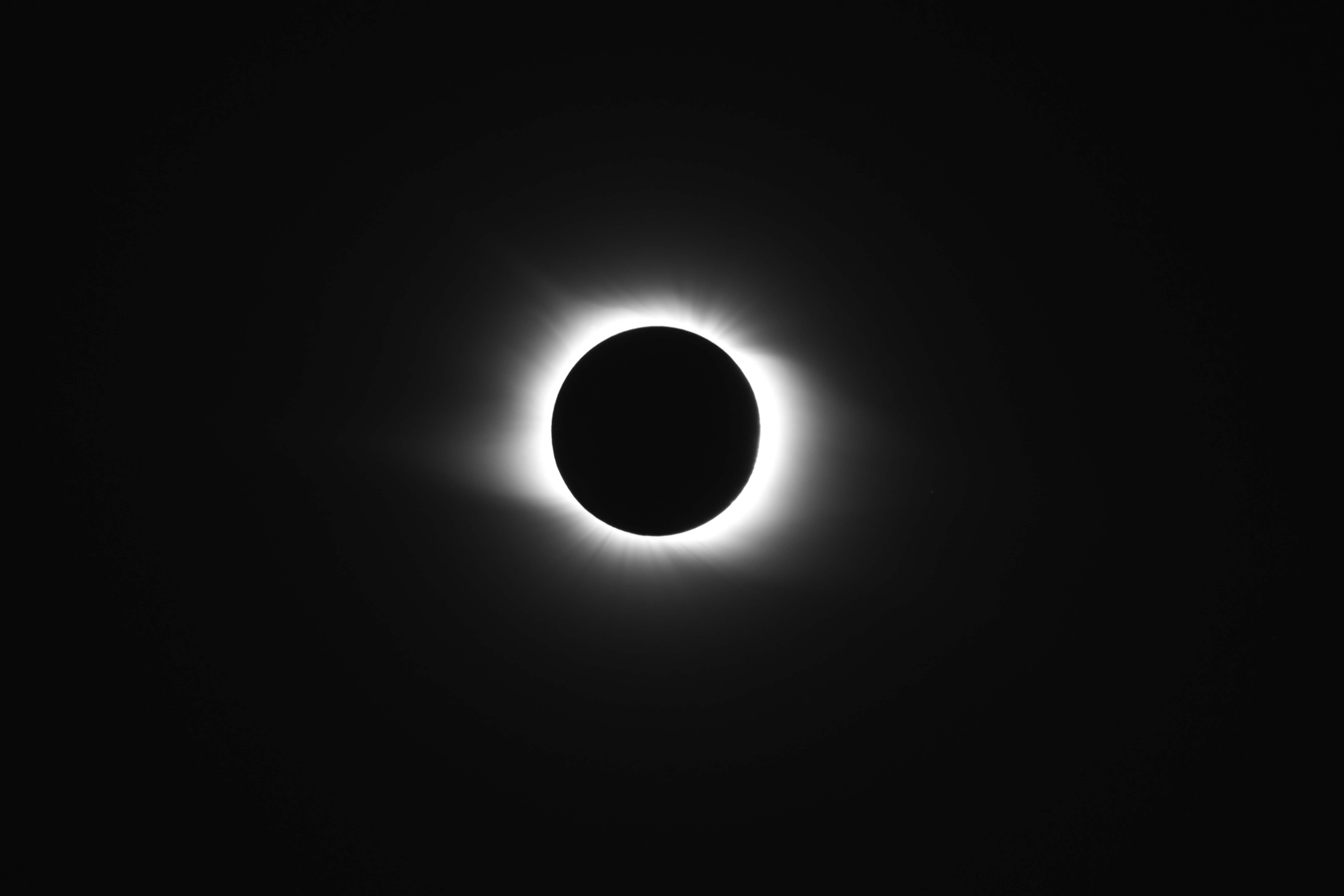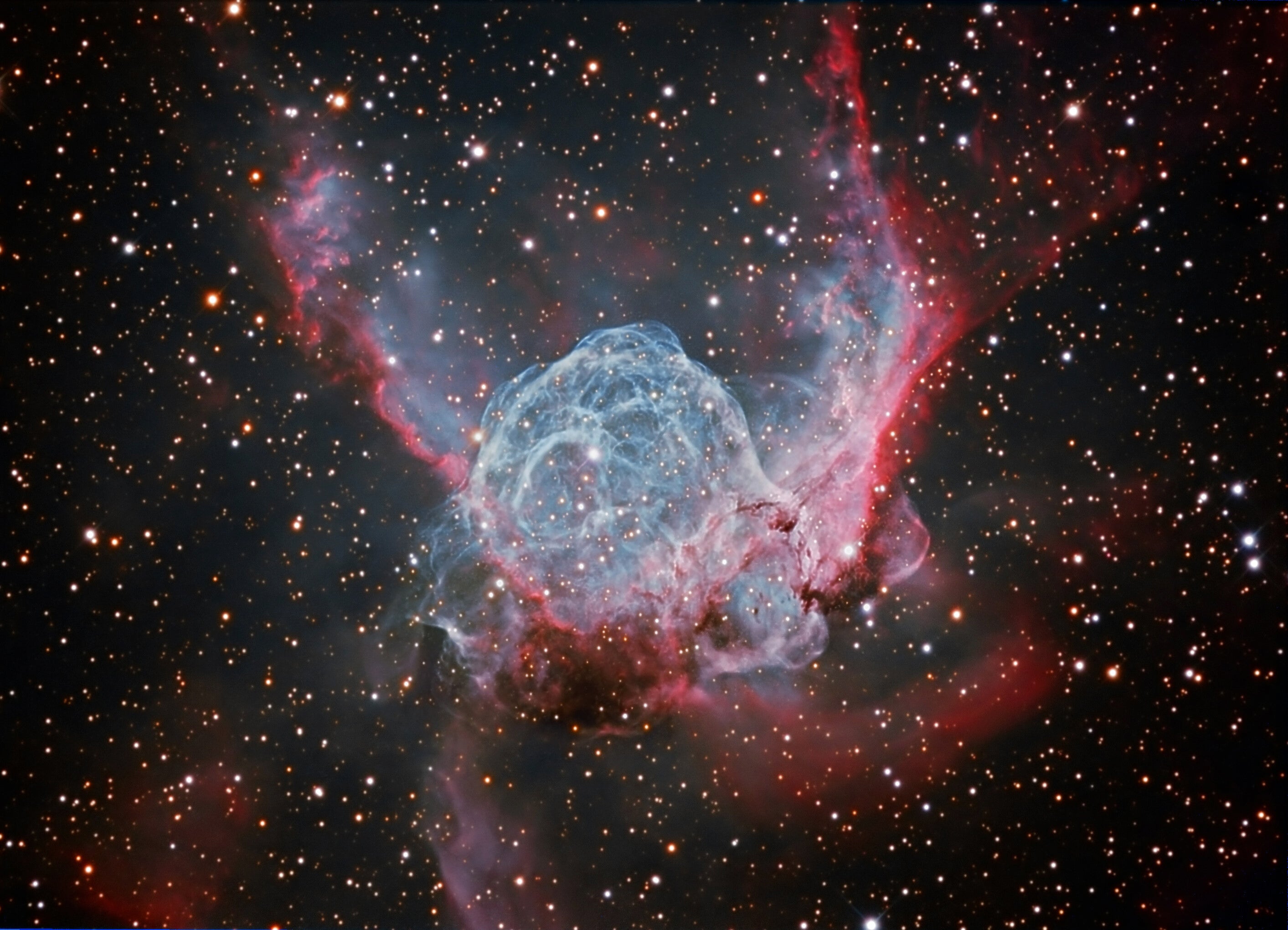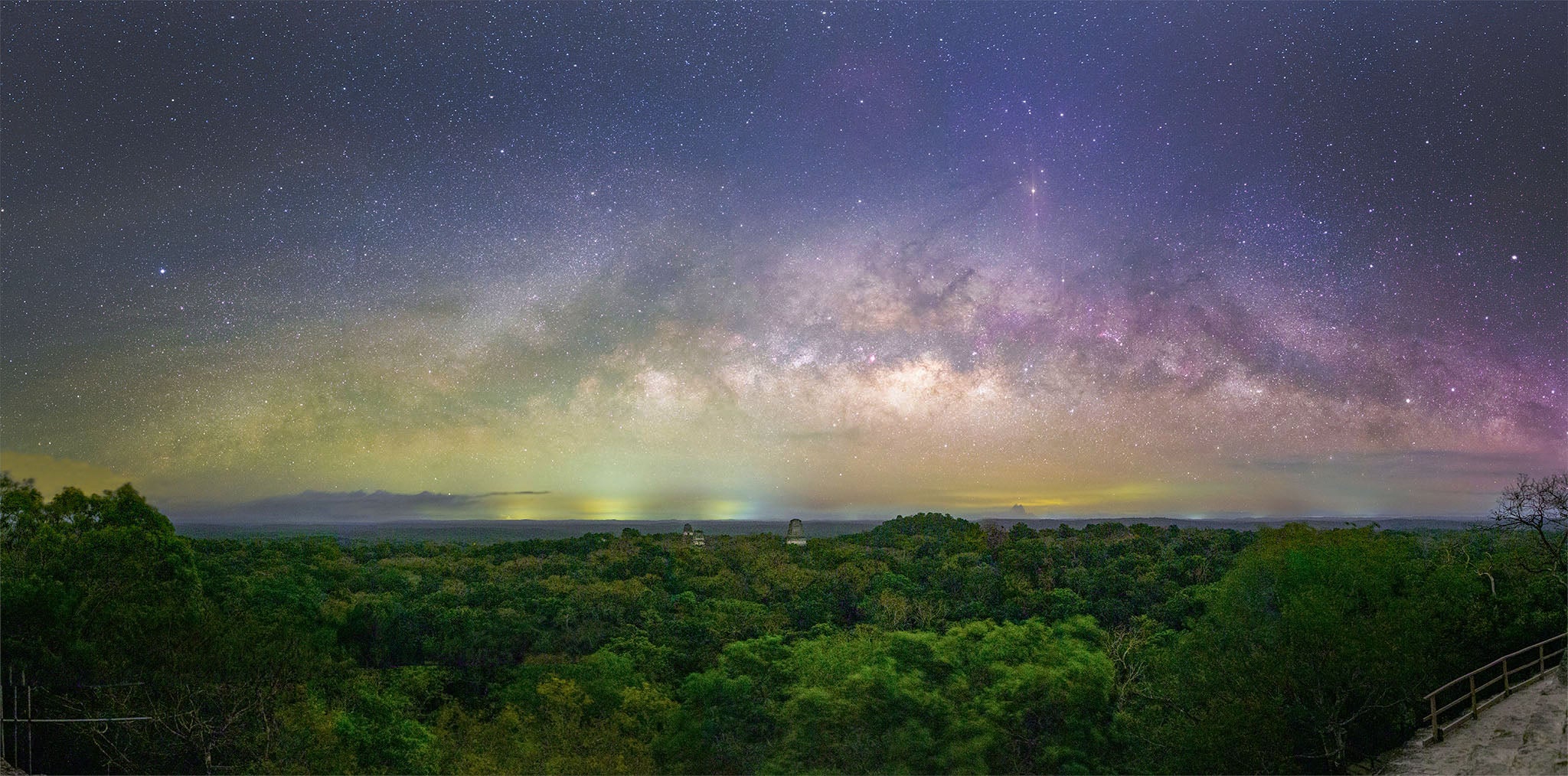
For many, the night sky is a personal wonder — a journey that starts by looking up, and ends by looking in. “You are a child of the universe,” the poem Desiderata tells us, “no less than the trees and the stars.” We don’t need a telescope to feel the pull of the stars on our souls. A simple glance at a truly dark sky brings the cold truth of science — the visible naked-eye universe — down to you at a personal level. You feel something when you see it, if only for an instant.
This melding of science and art was at the forefront of the Romantic thinkers. “What sort of science is that which enriches the understanding, but robs the imagination?” asked Henry David Thoreau in his Journal.
Recently I attended a Zoom talk by U.K. astronomer Andy Newsam, a professor of astronomy education and engagement at Liverpool John Moore University. Newsam shared how he takes forays into the world of art to explore challenging concepts with unsuspecting audiences. In media including music, dance, theater, and sculpture, he has tackled scientific topics ranging from gravity and the nature of dark matter to the physics of breakfast. “People think about art and science being totally different things,” Newsam said, “but I have found working with artists that we really have a lot in common, and there is much we can learn from each other.”
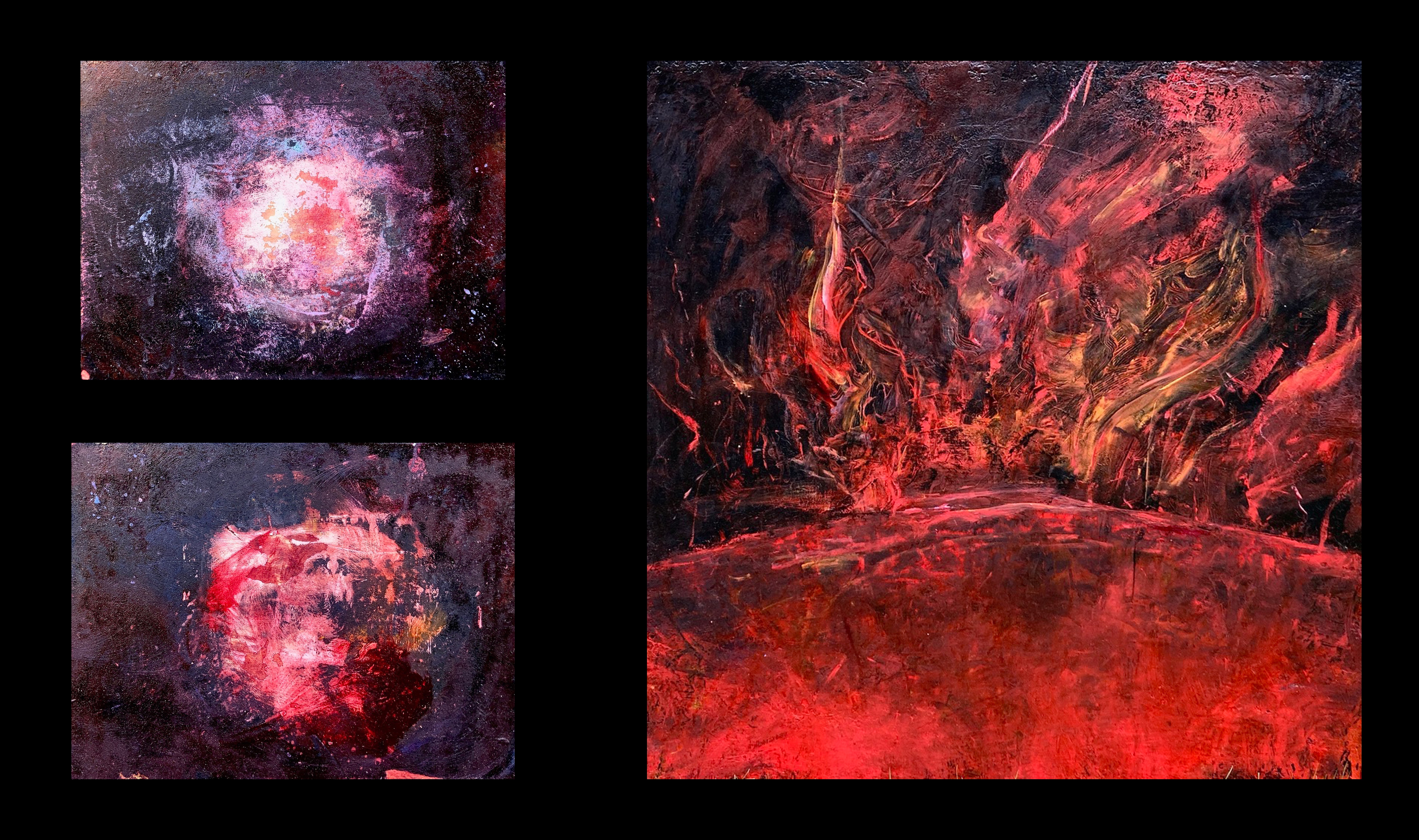
Composite astrophotography is one of the most popular ways amateur astronomers experiment with science and art. For example, Guatemalan astrophotographer Sergio Montúfar photographs the Milky Way and combines it with landscapes of national monuments in Guatemala, such as Mayan temples, to instill a sense of ancient wonder. Guatemala’s Ministry of Foreign Affairs has recognized his work and organized some of his exhibitions, which have traveled to several countries. He has been declared part of the Cultural Ambassador of Guatemala program and promotes the concept of “how lucky we are to have evolved consciousness, to understand where we are and what surrounds us.”
In January 2009, Jennifer Wu of Nevada City, California, was selected to be a member of Canon U.S.A.’s Explorers of Light program — an elite group of internationally recognized visual artists across all genres of photography. Her images, which combine the stars with some of the world’s most unique locations, skirt the boundary between astronomy and imagination.
“I love expressing my creativity by reaching for the stars and capturing them in my photographic images,” Wu says. “One of my favorite things about being a creator is the freedom to explore nature. I love photographing the night sky in particular because no moment is the same. Whether it’s a Full Moon, a comet passing by, or just the Milky Way shining through the trees, there’s so much beauty to be captured, and figuring out the best way to do it justice is a creative challenge I’ve always enjoyed.”
Julian Samuel, a member of the Royal Astronomical Society of Canada, Toronto Centre, expresses himself with abstract, expressionist methods. Samuel depicts forms of astronomical reality with unstructured abandon, reminiscent of Jackson Pollock or Franz Kline. He emphasizes a personal or emotional feeling through the free, spontaneous expression of what he sees when looking at astroimages or peering through a telescope.
“Nineteenth-century photography played a key role in liberating painting from realism to abstraction,” Samuel says. “I am using astrophotography and science to make nearly abstract paintings — reversing the link between photography and painting.”
So before you put your eye to the telescope, take a moment to took up at the stars and see how they shine for you. As always, express yourself by writing to me at sjomeara31@gmail.com

